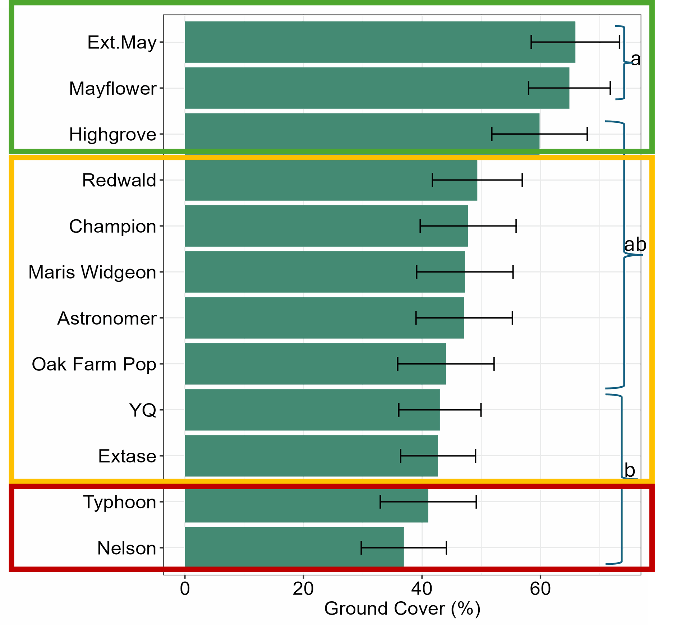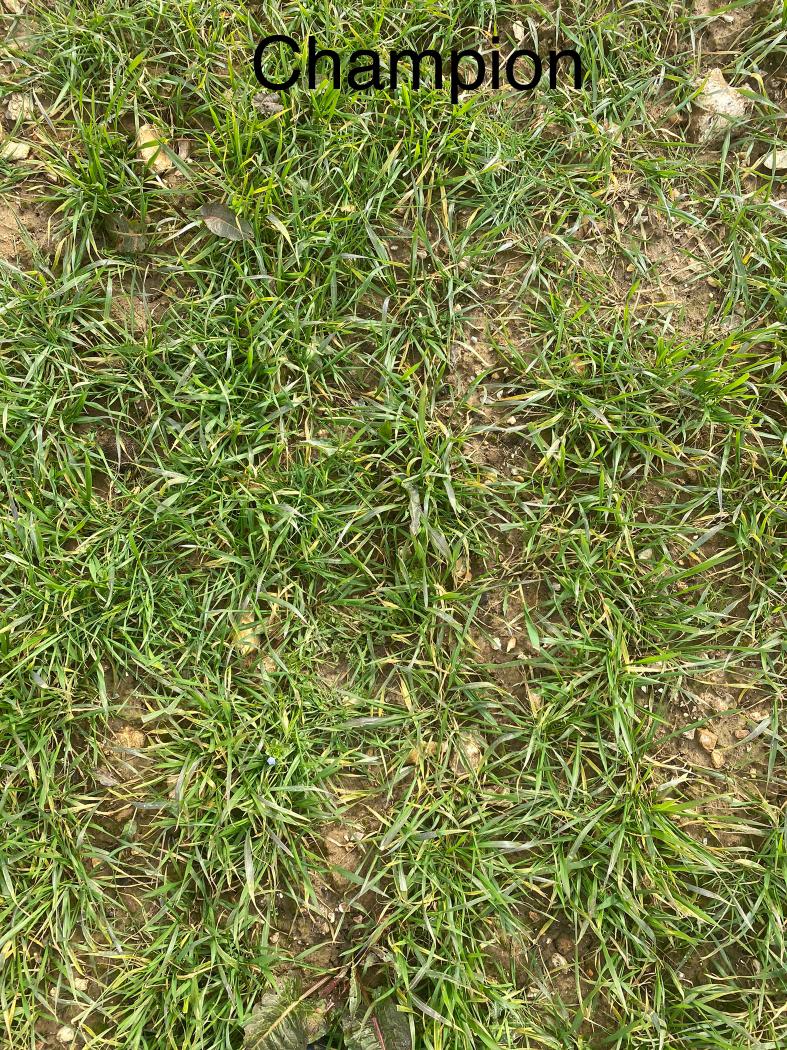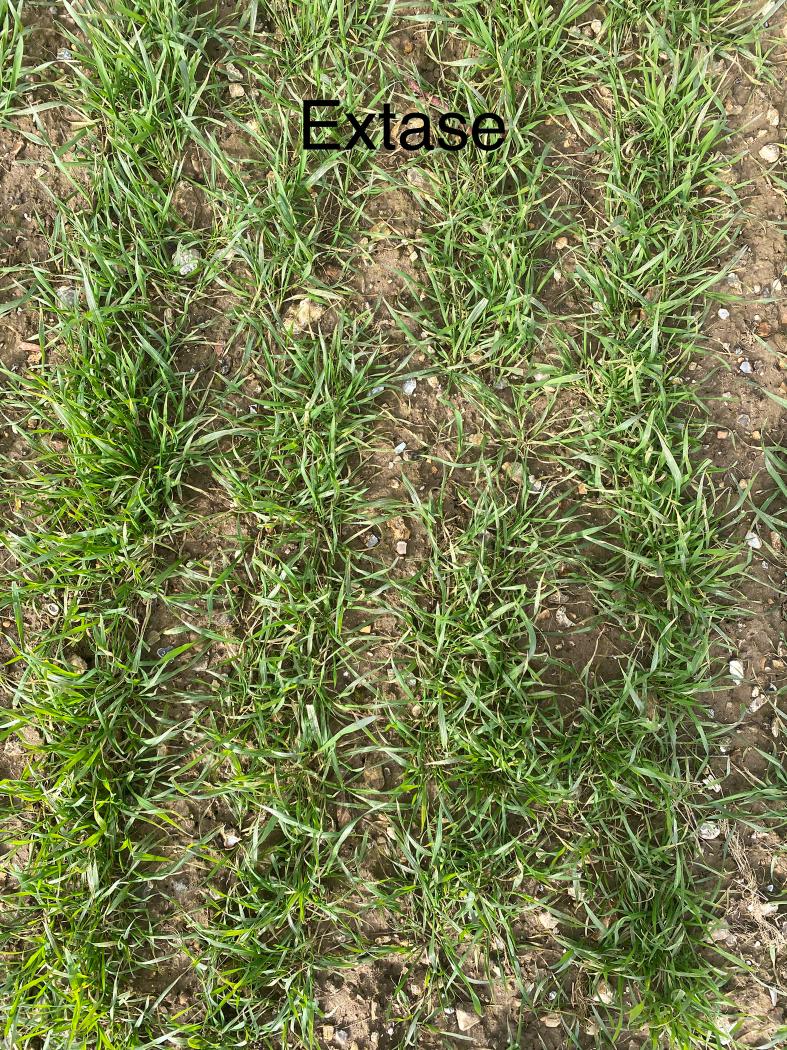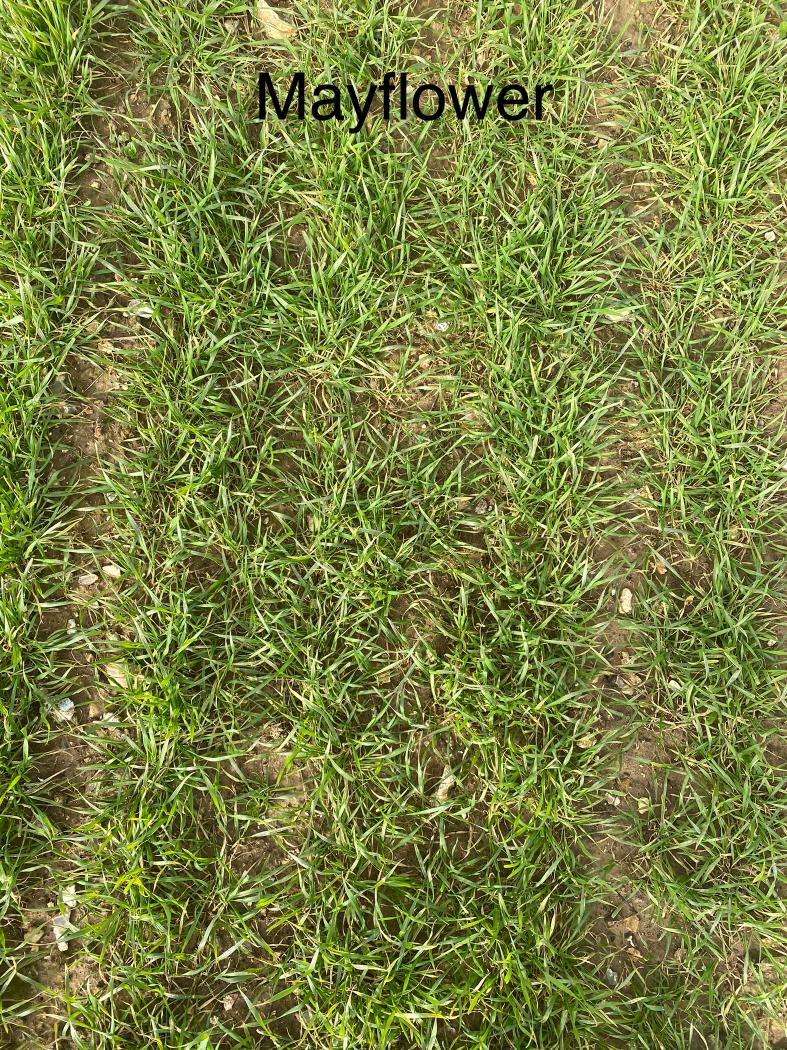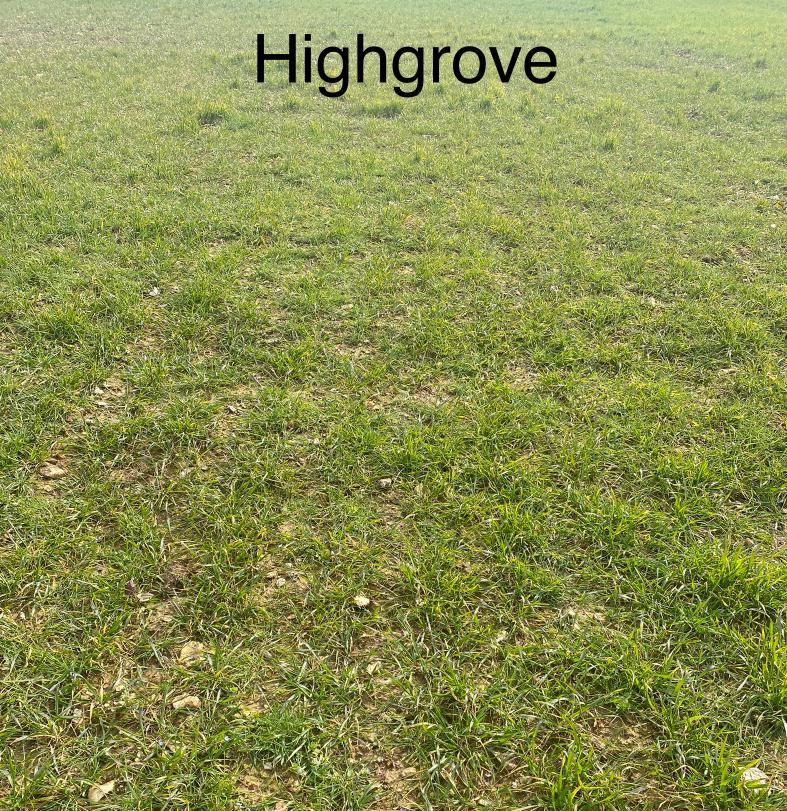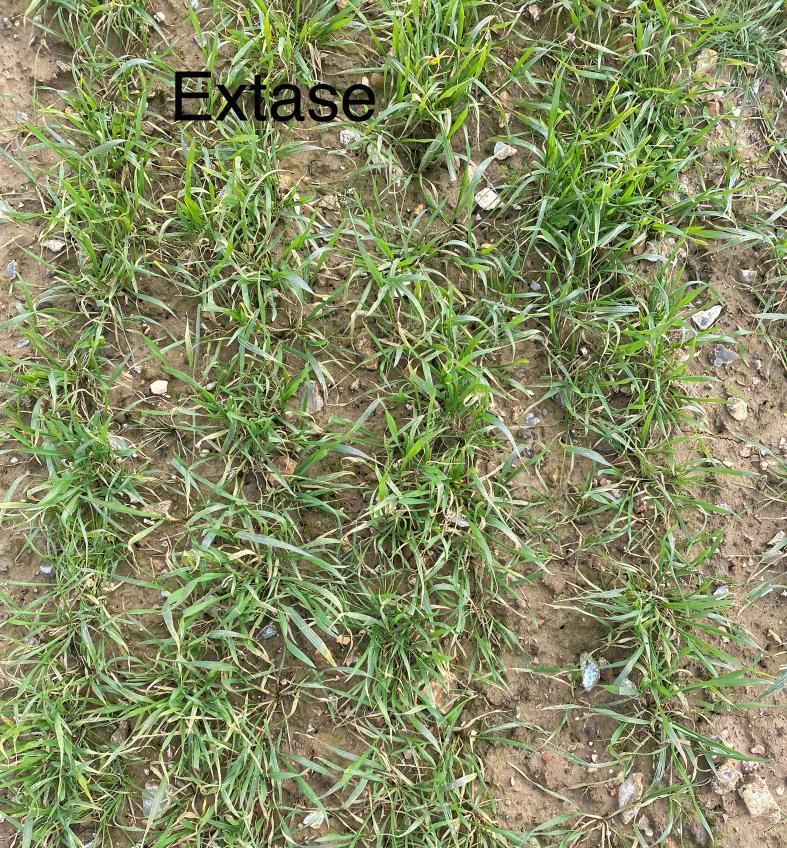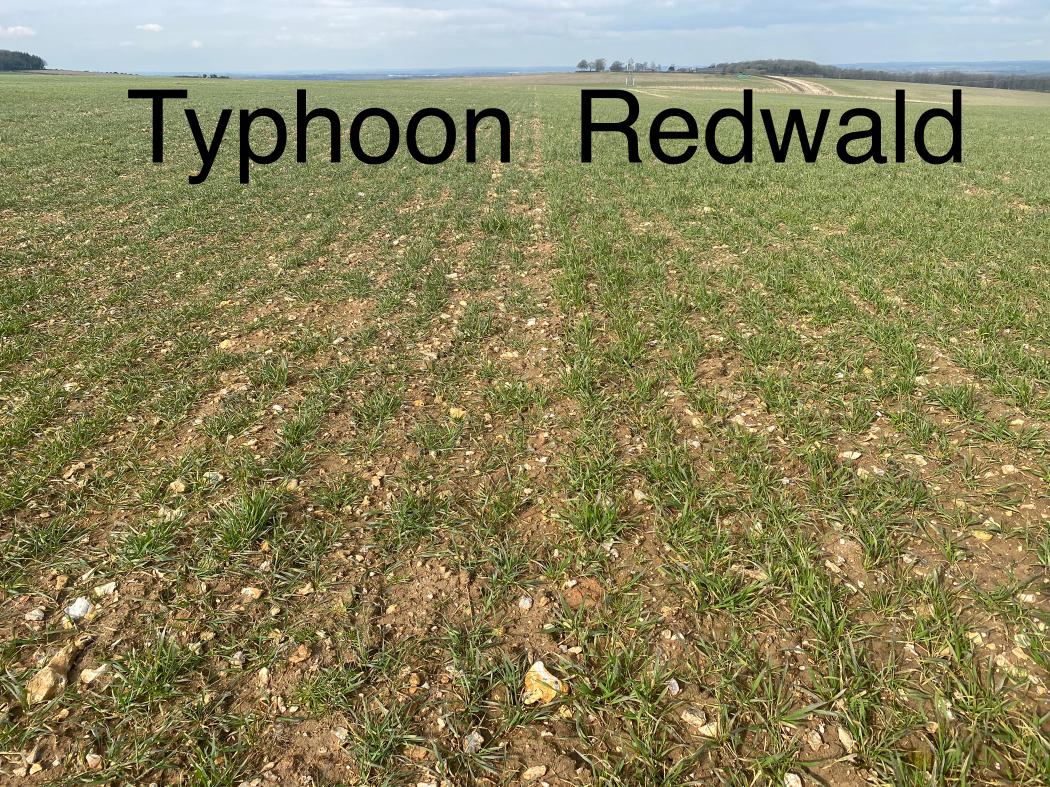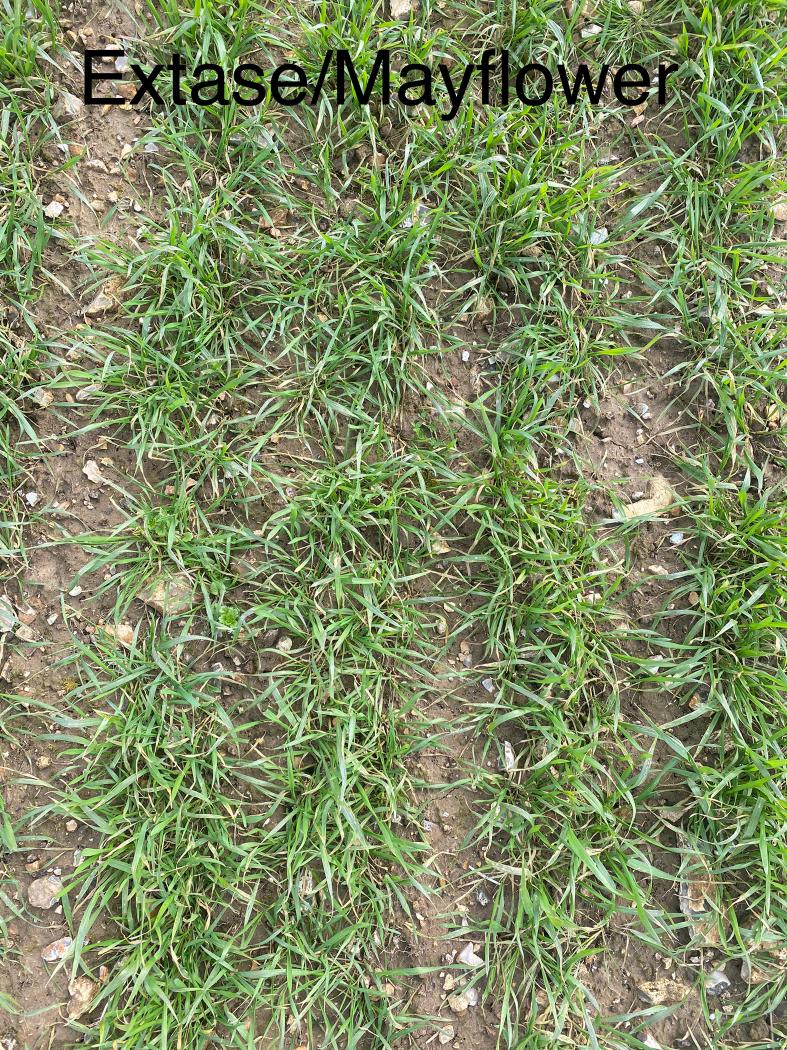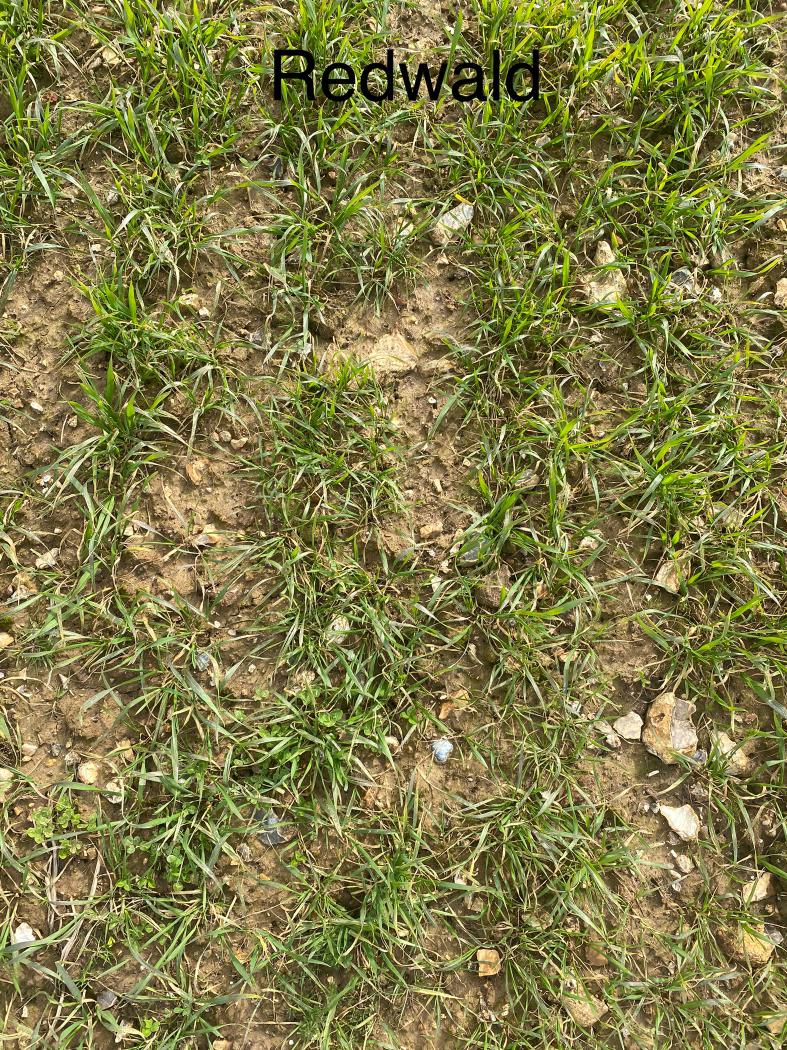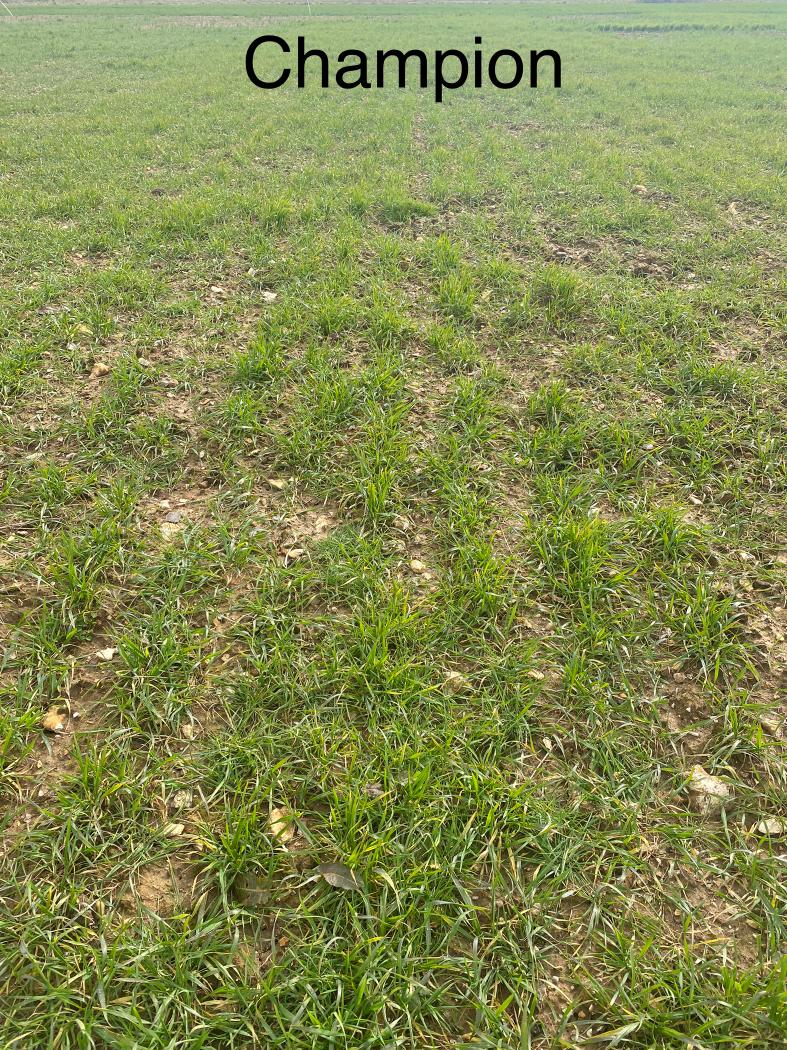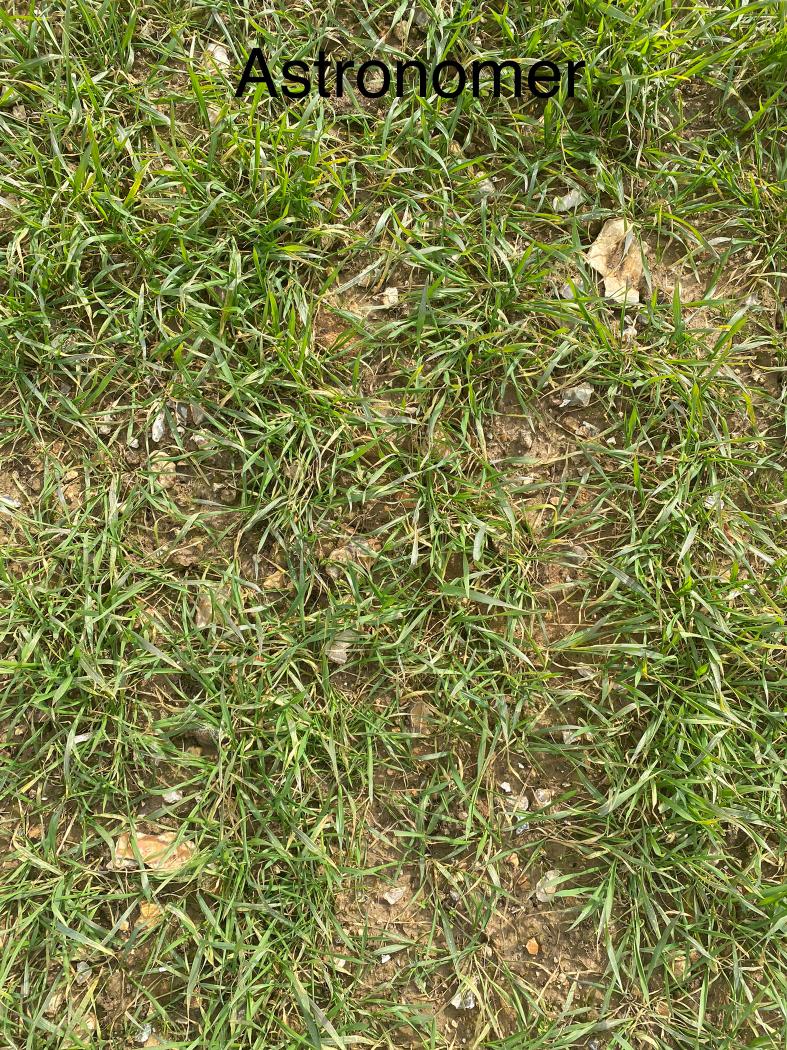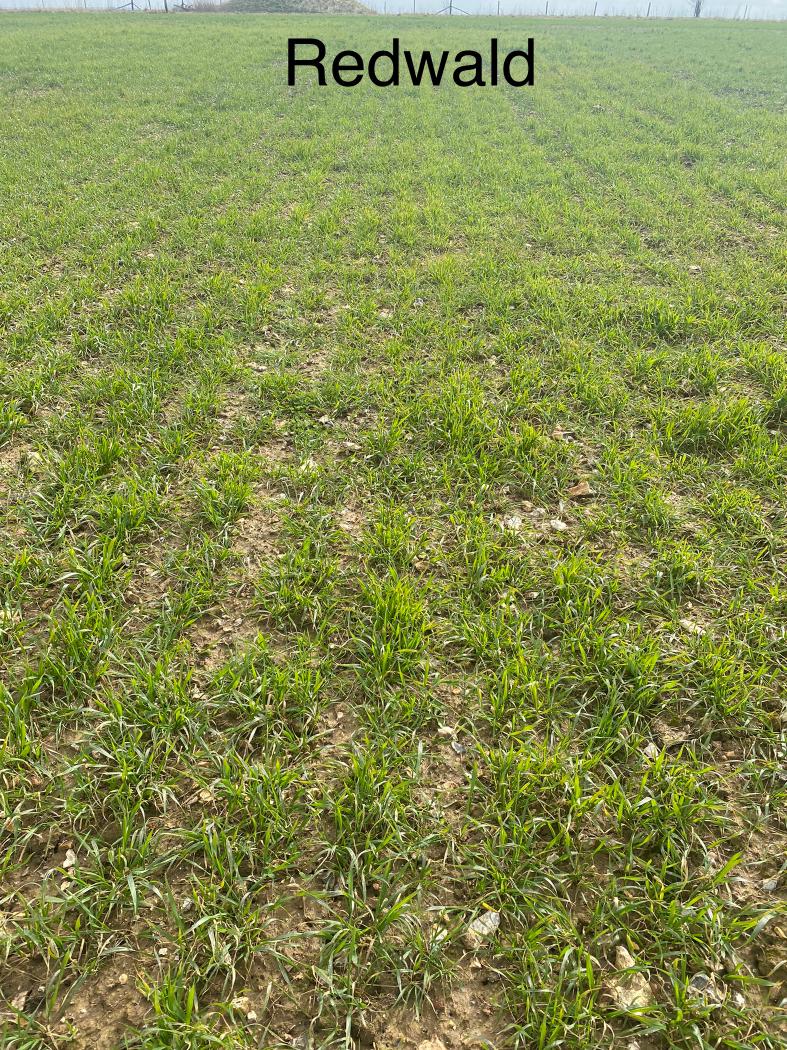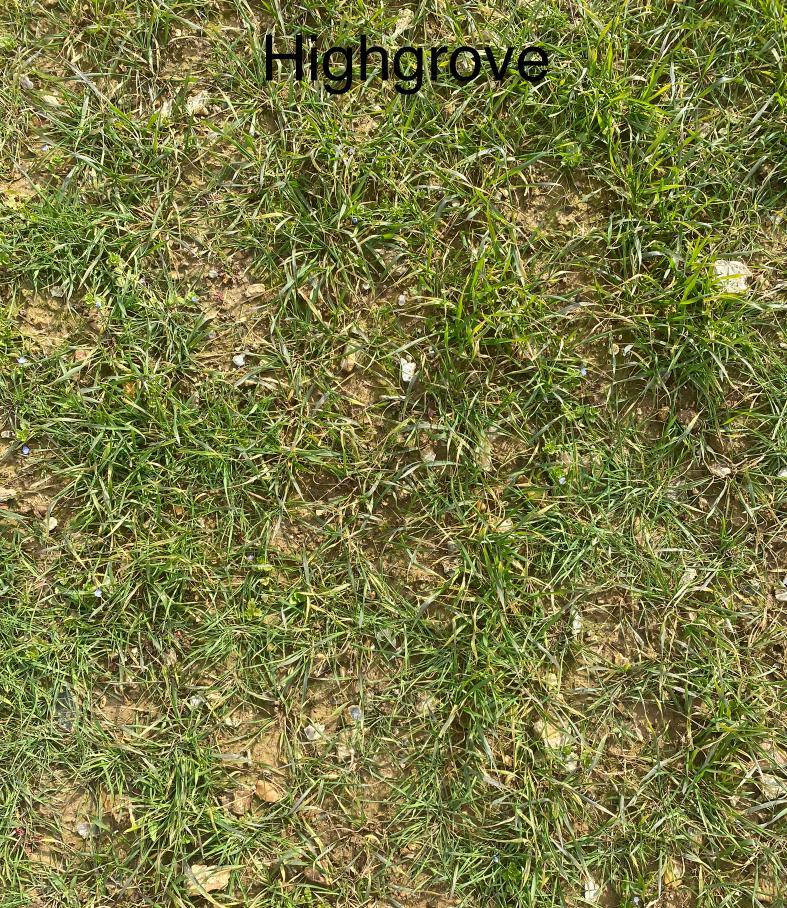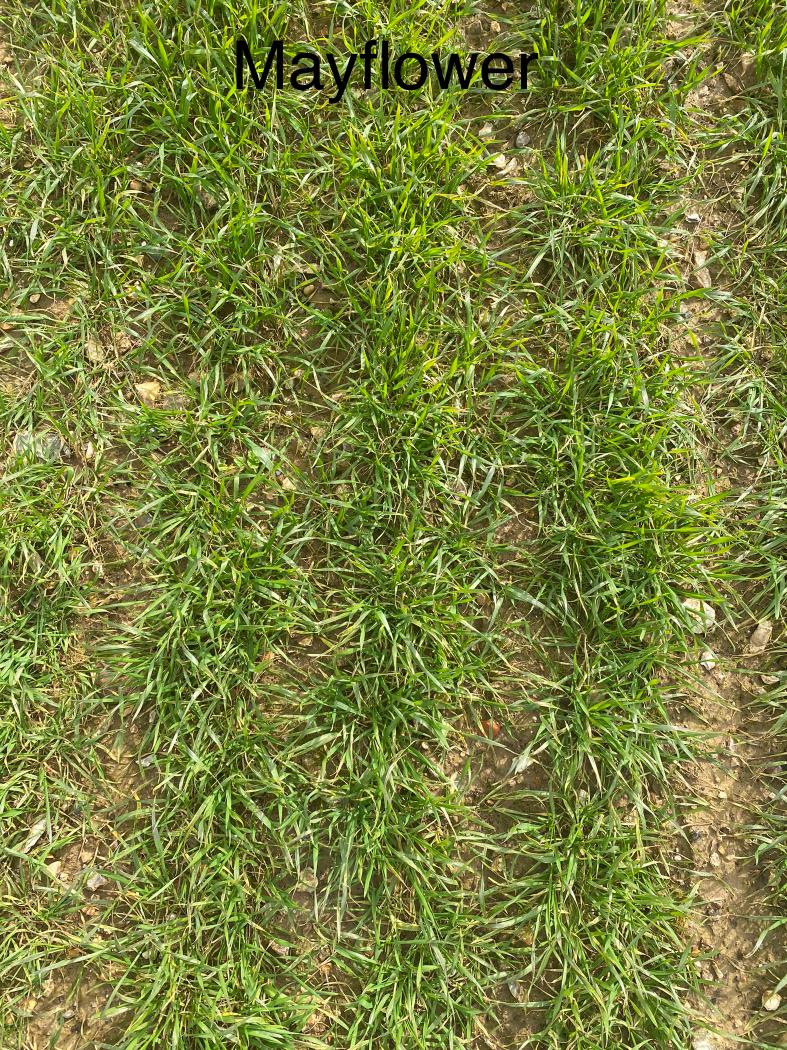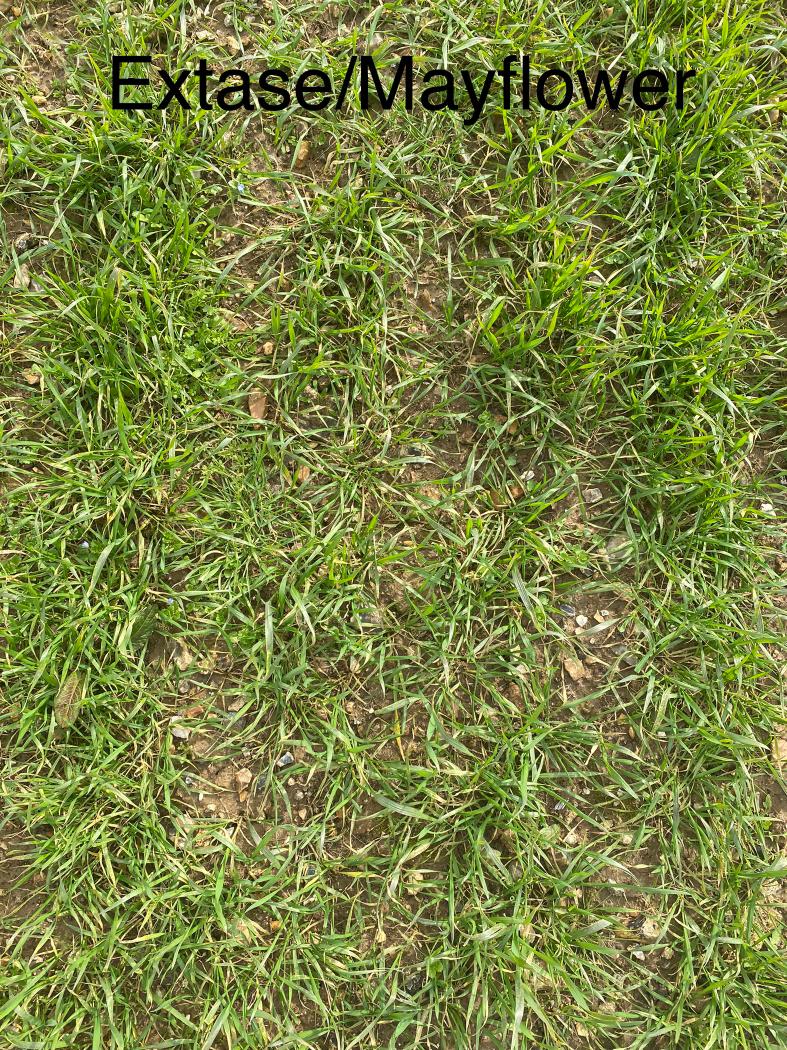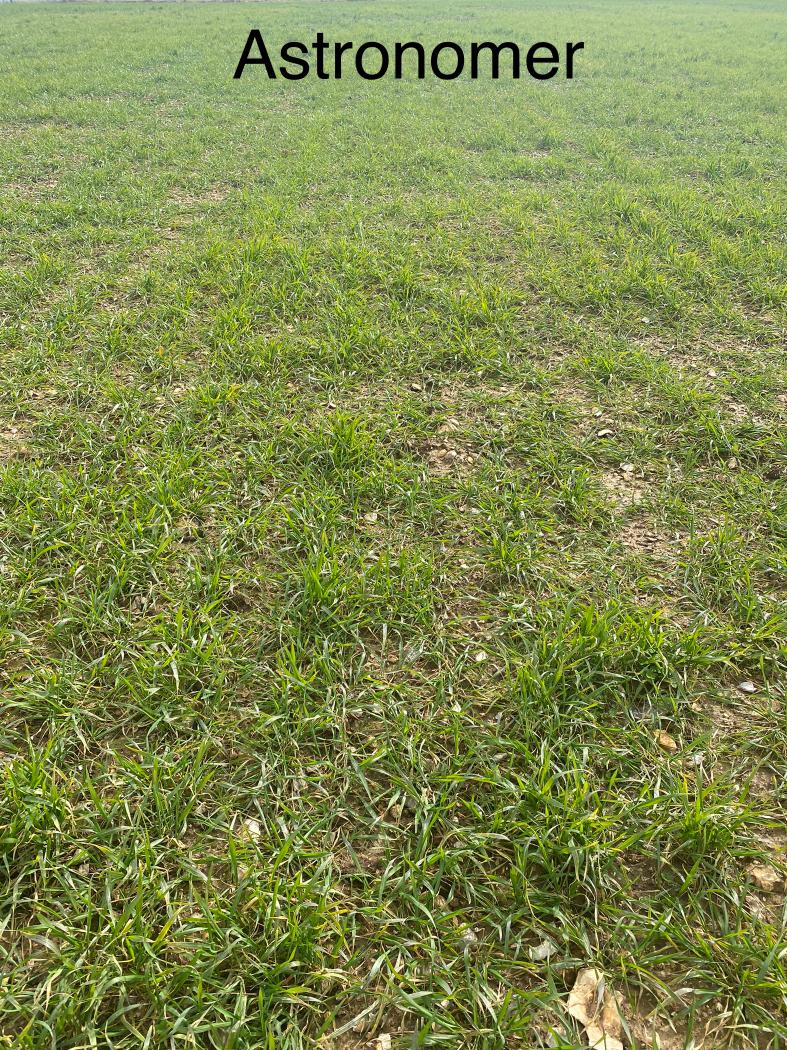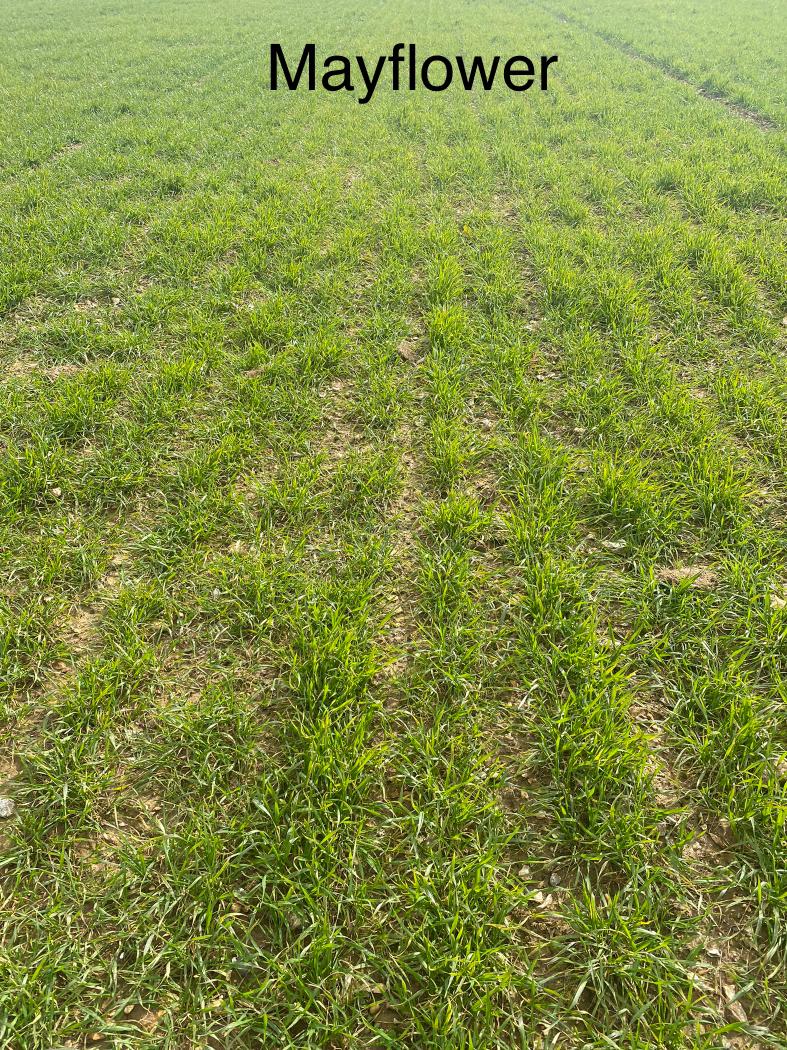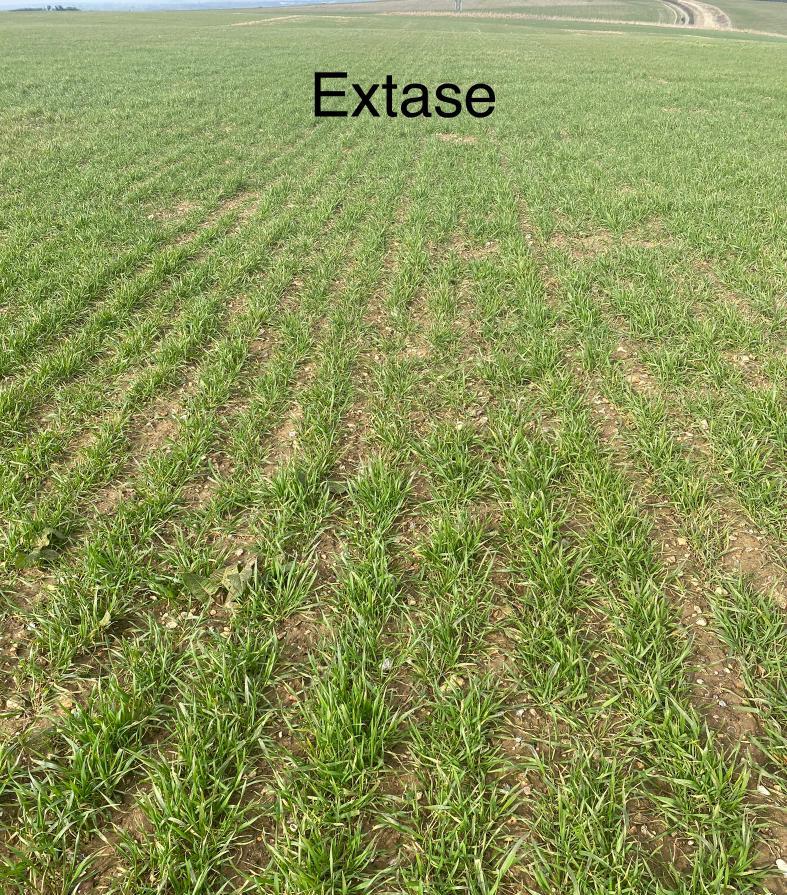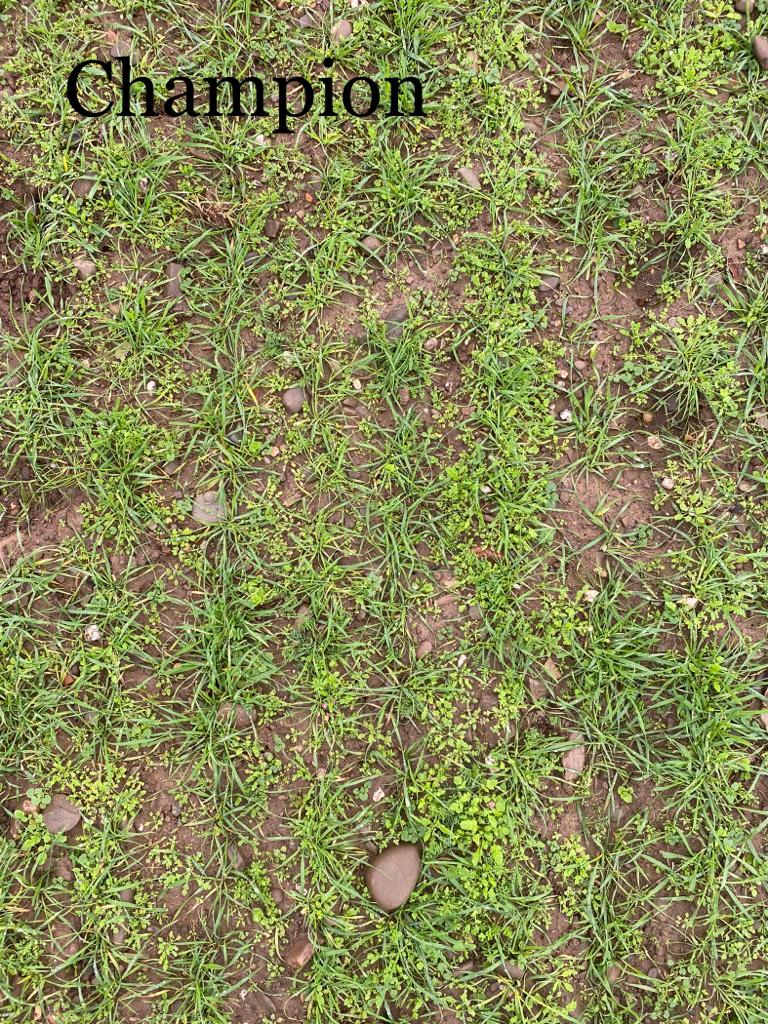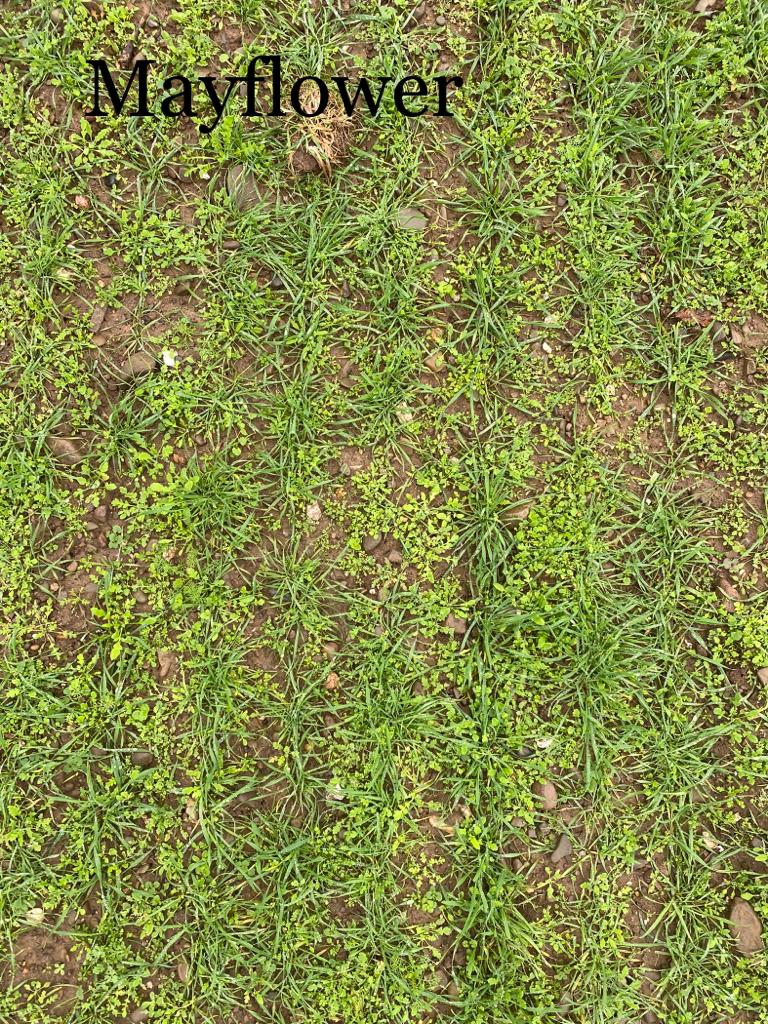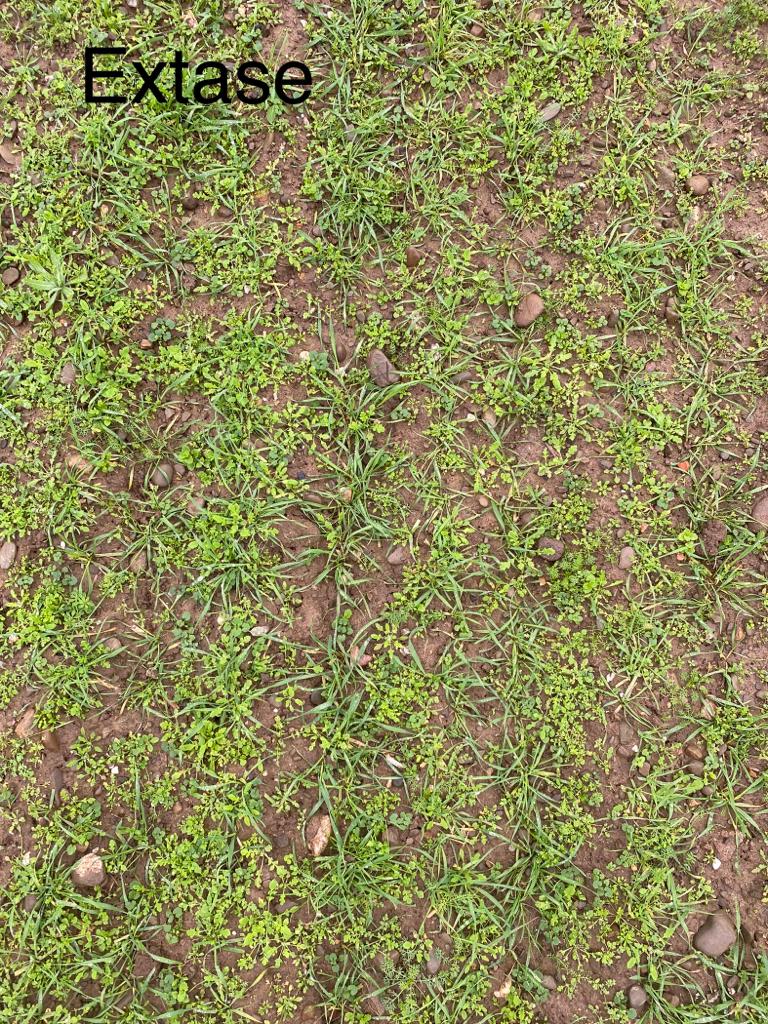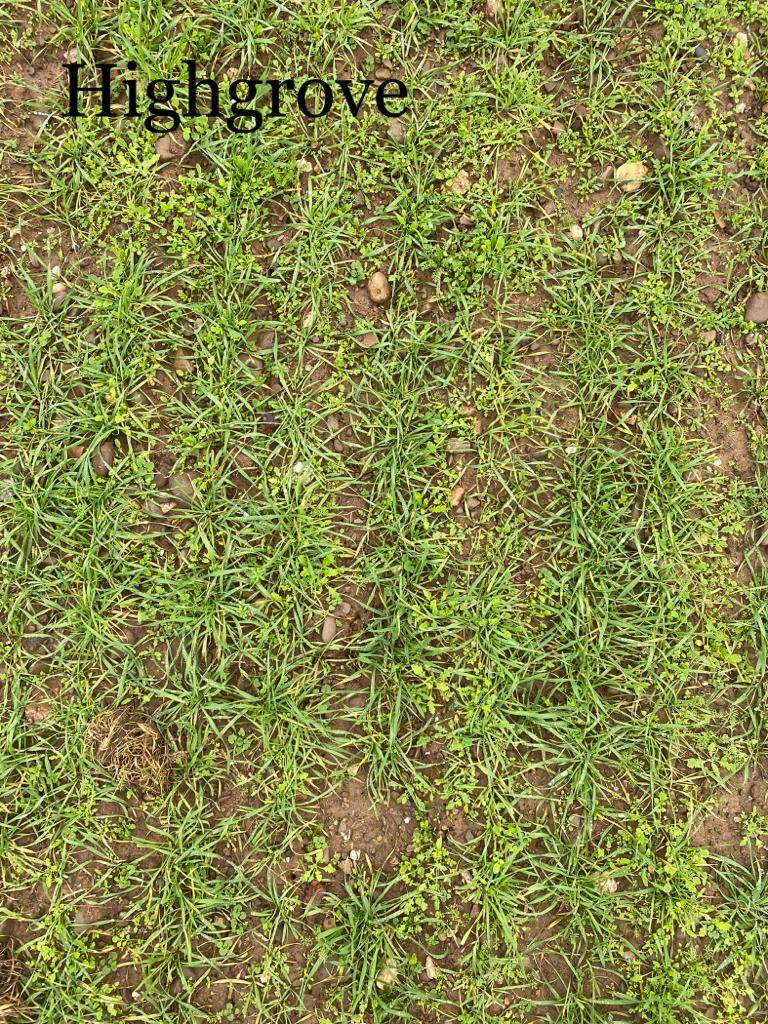This season our on-farm cultivar evaluation network has been looking at Winter Winter through LiveWheat Legacy, funded by Organic Arable and Winter Oats, funded through the White's research levy. This blog provides the latest results on how the varieties have faired over the wet, mild winter through assessment of post winter ground cover and early vigour. These agroecological traits are extremely important for Organic farming since they govern weed suppression and lay the foundation for crop performance for the rest of the season. We have even found a strong link between early ground cover and grain yield.
LiveWheat Legacy
Early Crop Vigour
In essence a visual assessment of biomass, this gives us an idea of which varieties may be able to out compete weeds, through a high growth rate, and also potentially an earlier development, being fast to stem extension. Whilst the stats say that only Highrove (a) has significantly higher vigour than Typhoon (b), the rankings enable us to group them into high, moderate, and low early vigour, with an obvious benefit to growing the high vigour varieties. RGT Highrove, a hard group 4 leads the way. Apparently it has excellent all round disease resistance and is most suited to light and medium land, with adaption to drought. A new soft group 4, Redwald, also shows good early vigour, as well as group 2s Extase (the benchmark) and Mayflower, and a blend of the two. Maris Widgeon, a heritage variety also has high biomass at this time of year. Champion, a hard group 4 and Astronomer, a group 3 show moderate vigour along with the composite cross population YQ (Wakelyns ORC Population). Although showing only moderate vigour, Astronomer showed last season that it can be considered a good option for those wishing to grow a biscuit wheat. Nelson and Typhoon are bringing up the rear, mostly due to their slow rate of development, being late varieties in comparison to varieties like Extase.
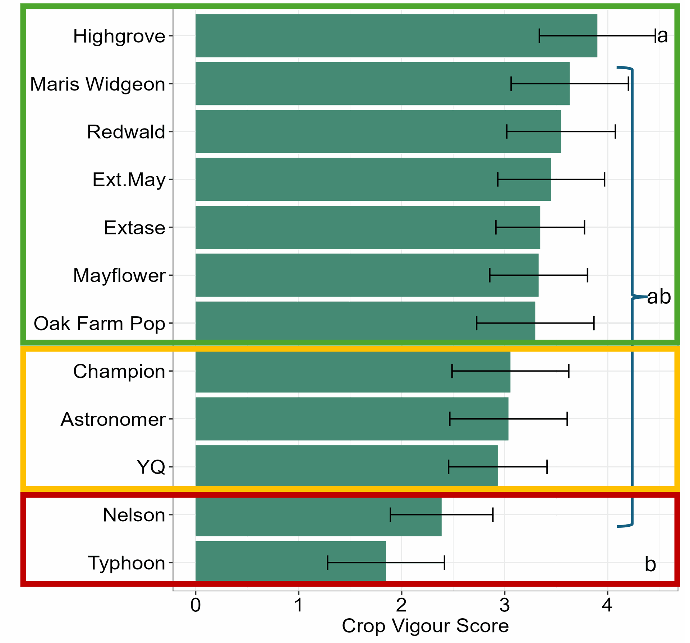
Early Ground Cover
